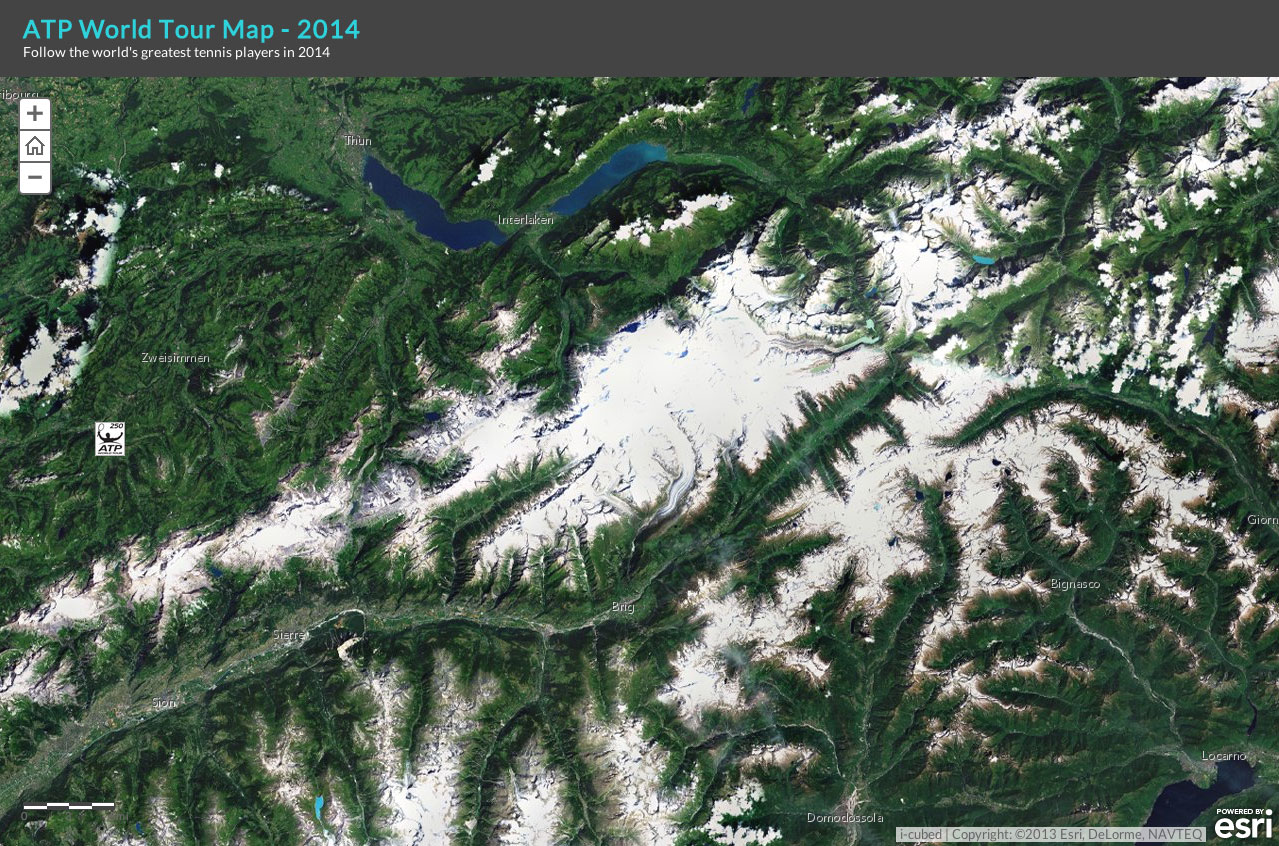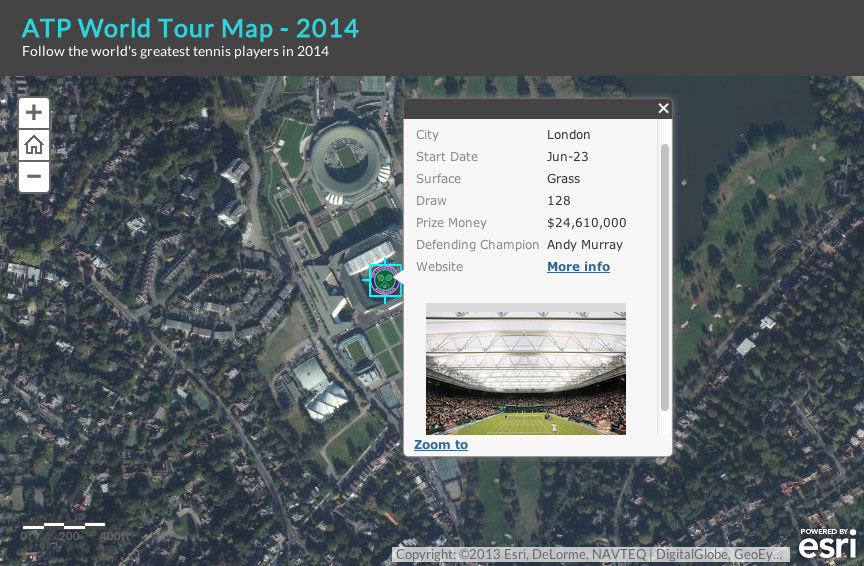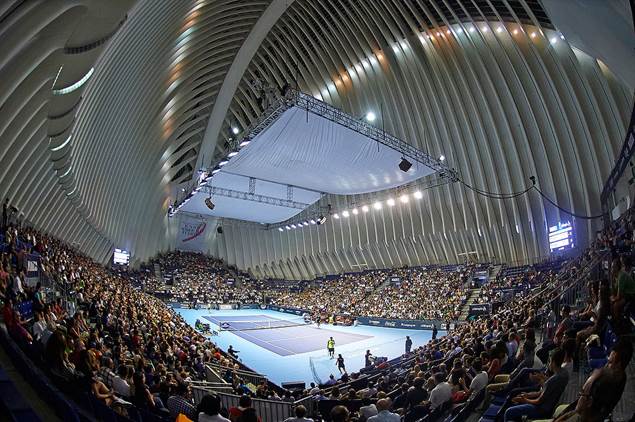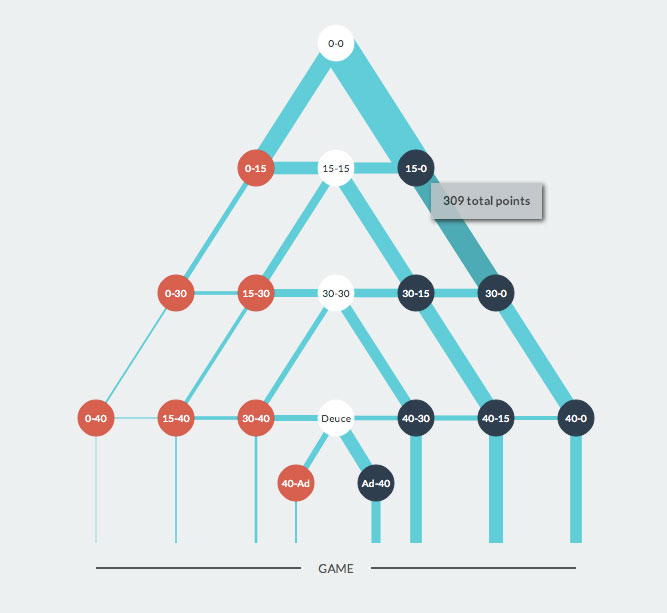With the 2014 ATP World Tour underway in Brisbane, Doha and Chennai this week, I thought I would put together a quick interactive map that locates this year’s 61 tournaments around the world. The ATP World Tour map allows fans to follow the world’s greatest players around the world as they battle it out in 2014.
The ATP World Tour Map – 2014. Click here to access the map.
The map shows the location of the four Grand Slam tournaments, the nine Masters 1000’s, the eleven 500 and the forty 250 series tournaments, as well as the season ending World Tour Finals played in London.
Use the map to check out the site of the newest tournament on the tour this year, The Rio 500 in Brazil. Remind yourself of where the clay tournament in Umag (Croatia) is played. A tournament that returns to the circuit this year after a one year absence. Check out the latest stop in China in 2014 at the Shenzhen Open, a city that is already familiar with the women on the WTA tour.
Explore each tournament in more detail by clicking on each of the icons to reveal further information about the tournament like the prize money on offer, who is the defending champion, what the tournament surface is and other important information.
The map features some of the highest resolution available satellite imagery of the globe, meaning you can see the tournaments up close like never before. Click on the “Zoom To” link in the pop-up to quickly navigate to each tournament. You will find yourself being blown away by some of the global landscapes that sit at the doorstep of some of the lesser known tournaments, like the Credit Agricole Suisse Open.
 The 250 series Credit Agricole Suisse Open, set against the backdrop of the beautiful Swiss Alps.
The 250 series Credit Agricole Suisse Open, set against the backdrop of the beautiful Swiss Alps.
Discover the Valencia Open 500 (Spain) played at the stunning Ciutat de les Arts i les Ciències where Mikhail Youzhny triumphed in 2013.
In each of the pop-up’s there is a link to the official tournament website where you can see who’s down to play in 2014, and where you can get tickets. I hope you have fun exploring the map throughout the year, and I hope it inspires you to plot your next tennis adventure!
Read the ATP press release about the 2014 tour here.
To view the full 2014 ATP World Tour calendar in PDF format, click here.





